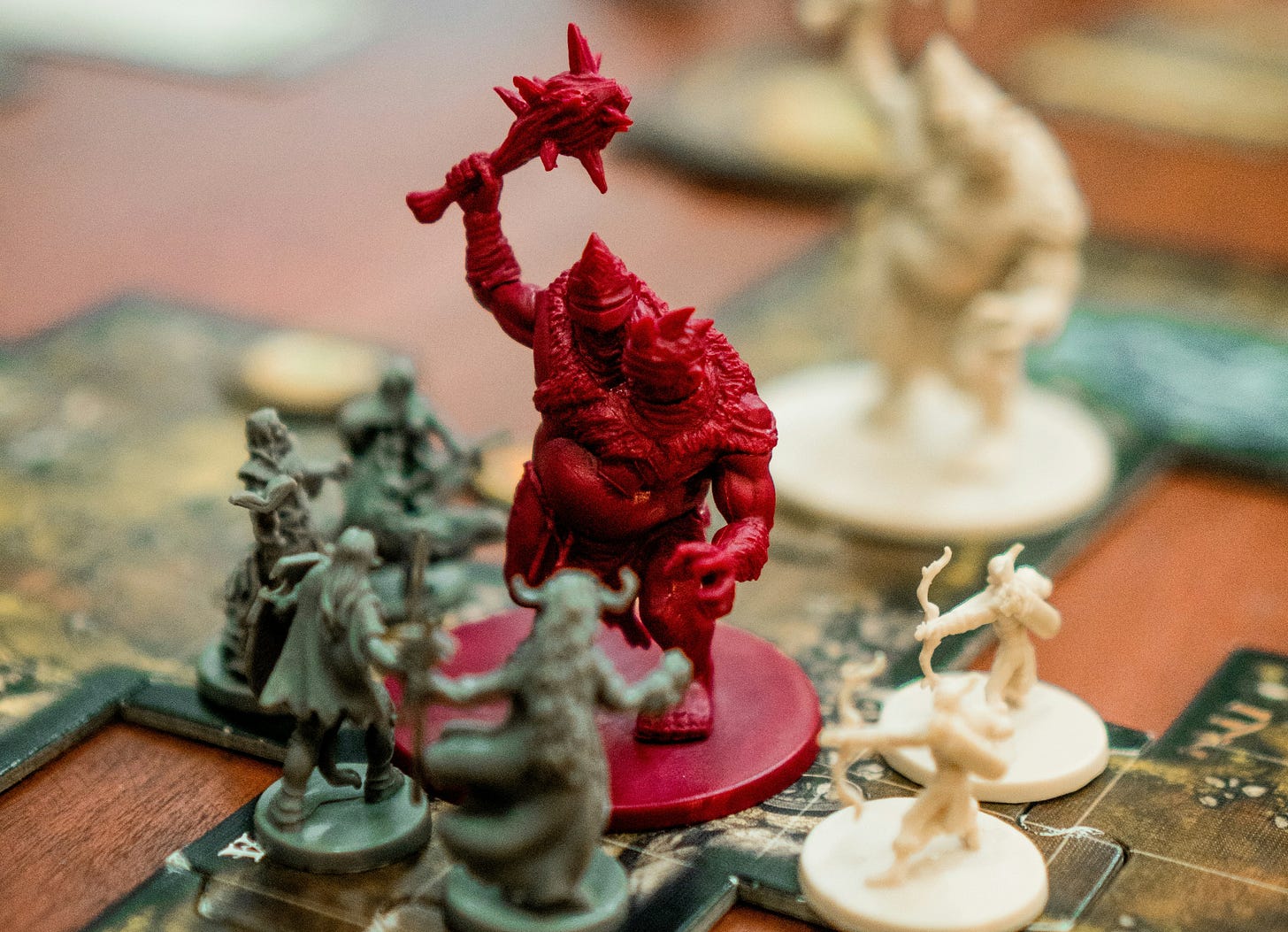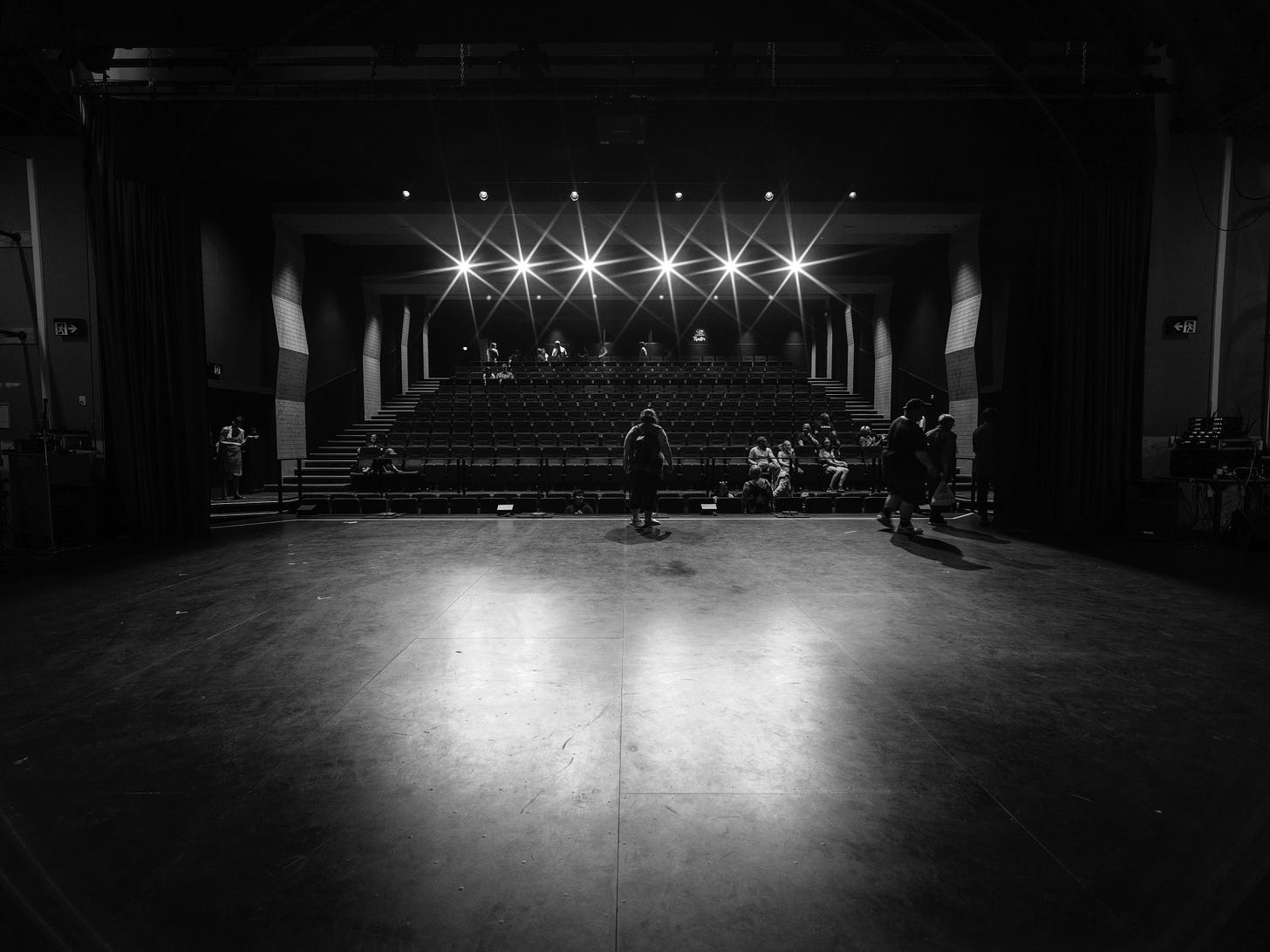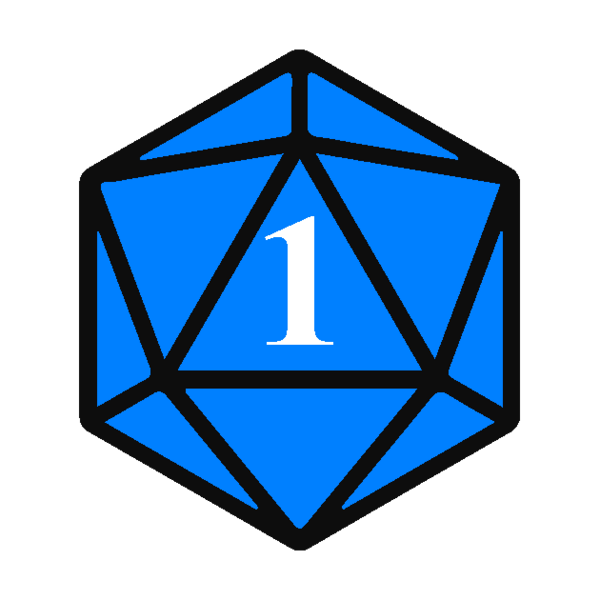Rolling for Growth
How Dungeons & Dragons Teaches Us to Become Ourselves

I played Dungeons and Dragons (D&D) for the first time when I was in sixth grade – almost thirty years ago. Since then, I’ve spent countless hours playing, Dungeon Mastering, or just reading (and re-reading) the handbooks, designing characters, and building stories.
Quick explainer for the uninitiated: D&D is a collaborative storytelling game. Each player at the table designs a character – a wizard, a priest, a warrior, whatever – and the group shares in an adventure together. One person, the Dungeon Master (DM), facilitates the players’ narrative(s). The DM describes the setting, controls the villains and allies, and narrates what happens when the players attempt a course of action. Success or failure often comes down to chance – just like real life.
Over the years, I’ve realized D&D isn’t just about slaying monsters or solving puzzles – it’s about practicing who we want to become.
That practice has shaped almost every part of my life. It’s helped me grow into the person I want to be – as a friend, as a student, and as a professional. When I’ve succeeded, it’s often because I’ve drawn on lessons I first learned at the gaming table.
At its best, a D&D game provides something most of us rarely find elsewhere: permission to experiment with identity. To try on boldness. To test vulnerability. To fail, recover, and grow safely, alongside others doing the same.
That kind of space isn’t just valuable. It’s essential.
At the beginning of 2024, I took a course called Leadership Studio at University of Chicago’s Booth School of Business. I loved it. It has become one of my favorite courses ever – outshining even the Billy Wilder course I took over 15 years ago. Leadership Studio gave me a language and structure that resonated with how I experience reality.
In Mario Kart terms, it helped me get from 100cc to 150cc.
Leadership Studio challenges conventional wisdom around authenticity – the idea that we all have one “true self” we must remain faithful to at all times. Instead, it offers an expansive model: multiple selves within the whole person, each legitimate and meaningful.
I think most of us recognize the feeling when our internal self clashes with our visible self. Maybe there’s a project we don’t agree with, a performance review we dread delivering, or a termination we must carry out. Still, we become The Good Soldier, put on a stoic exterior, and get it done. Because we feel we must.
We might create distance from that outward version of our “selves” – “I’m a good person, even though I’m firing this person who needs this job.” But to the outside world, the person doing the firing is the real you. Visible and internal – both versions of the self are real.
Inside, we carry many different selves. Walt Whitman said it best in “Song of Myself, 51”:
Do I contract myself?
Very well, I contradict myself.
(I am large, I contain multitudes.)
The one who carries out the firing – The Good Soldier – forms just as much of our identity as the one who feels for the person across the table and desperately wishes for another course of action – The Bleeding Heart. Just because The Good Soldier wins sometimes doesn’t mean The Bleeding Heart disappears.
Leadership Studio used a visual metaphor – inspired by former UChicago MBA student Barbara Lanebrown – of a theater stage, where a leader’s many selves are laid out like performing characters. Downstage characters stand nearest the audience (i.e., the rest of the world), and are the identities we (and others) most associate with ourselves. We can think of those as our visible selves.

But downstage is just part of our identity. A person who buries their Bleeding Heart probably still has that identity floating around somewhere. Maybe it’s gone upstage – receding into the background, ready to be called downstage when someone they love needs a tissue, a hero, or a shoulder to cry on. Or maybe it’s left the theater altogether, forgotten even to our higher self.
But The Bleeding Heart still exists.
Lanebrown’s stage metaphor clicked for me. Even before Leadership Studio, I’d spent much of my life crafting internal identities – assigning traits, behaviors, roles – and bringing them “downstage” when the situation called for it.
Most of these identities started as Dungeon & Dragons characters.
When I need to set my priorities aside, step back, and focus on the bigger picture, I think of Wiegraf. When I’m overwhelmed with emotions that desperately want out, I think of Gareth (but, for the love of God, I do the opposite.) When I need to take charge and assert myself, I clear my evening and order delivery – because I’ll need some space after three hours as Amara.
This mirrors ideas from “parts work” therapy, which has gained mainstream attention thanks to Dr. Richard Schwartz’s book No Bad Parts: Healing Trauma and Restoring Wholeness with the Internal Family Systems Model:
All of us are born with many sub-minds―or parts. These parts are not imaginary or symbolic. They are individuals who exist as an internal family within us―and the key to health and happiness is to honor, understand, and love every part.
Take Fear, for example. The goal shouldn’t be to suppress Fear or push it away. Instead, say: a part of me feels scared, and it’s trying to help. Rather than bottling Fear up or handing it the reins, engage with it. Bring it downstage. Find out what it needs. Security? Boundaries? Distance? Then internalize that insight and shape a strategy that works with your fear, not against it, and steadies you in moments of anxiety or panic.
This idea – that human beings aren’t monoliths but networks of parts working in concert – goes back centuries. In Zen Buddhism, we find the concept of skandhas. The Buddha used grains of rice to represent the many parts of the human being. He divided them into five distinct piles – each symbolizing a different facet of the self:
rūpa (material form)
vedanā (sensations)
samjñā (perception)
saṅkhāra (mental formations)
vijnañā (consciousness)
Personally, I find it more empowering – and more satisfying – to think of myself as five heaps of rice, rather than a single grain. If I’m just one grain, I’m expected to be whole already – a finished product with no variation, no contradiction, no room to evolve. But heaps? Heaps suggest complexity. Heaps contain multitudes.

Let’s return to the theater stage metaphor from Leadership Studio. Say I want to work on being more confident and assertive. I create a character – I call him The Magician, but others might call him The Bold One, The Hero, or anything else they imagine. I assign traits to the character: confidence, boldness, composure. I imagine how The Magician behaves in different situations from my life. How would he handle this disagreement? This board meeting? This presentation?
These questions become my cues for bringing The Magician “downstage.” I mentally pre-load behaviors I associate with confidence, boldness, and composure. When I’m about to go into the meeting or pick up the phone or head to the retreat, I “channel” The Magician to embody my ideal confident self. I might listen to music to hype myself up, or maybe I carry some sort of talisman to remind me who I aim to be.
And honestly? It works.
But here’s the catch: The Magician can’t develop in isolation. Growth requires human interaction, and that means feedback, uncertainty, and friction. What if The Magician comes off as belligerent? What if people resist the change? What if it backfires – costing me friendships or opportunities.
That fear is real. It might. That’s the risk when you dare to grow.
I had the chance to dive into these ideas in Leadership Studio – a class of thirty people, all committed to personal growth and experimentation. Most people don’t get that kind of safe space – a place where it’s okay to try something new and risk looking foolish.
Enter Dungeons & Dragons.
Everyone at a D&D table is doing “parts work.”
Each player creates a character they want to explore – The Bard, The Cleric, The Druid, The Paladin, whoever. That character becomes a version of the player’s self, filtered through a fantasy setting.
And there’s a shared understanding: everyone in the game is trying something new. Everyone’s experimenting. Everyone’s growing. It’s a creative lab – just like being in a class. But a D&D table is better because sometimes there are dragons.
The dice help, too.
Imagine this: your adventuring group tried to convince the suspicious guard captain that you absolutely, under no circumstances, caused the stampede that ruined the festival. You lean in, confident in your persuasive manner, deliver your best argument, roll the dice.
And you beef it.

Yikes.
The DM grins. “The captain’s face twists in fury. Spittle flies from his lips as he shouts ‘I know it was you!’ He points at you and yells to the guards behind him, ‘seize them! Seize the interlopers!’”
You done goofed.
Not because of what you said. Not because of who you are. When success or failure is determined by a roll of the die – by observable chance – it creates emotional distance. A “one” on a twenty-sided die is a learning experience, but it isn’t a character flaw. It’s bad luck.
But if you try to set a boundary with a friend, and it erupts into an apocalyptic fight, you don’t get clarity. Was it me? Did I say the wrong thing? Do the wrong thing?
Maybe you did. Maybe you didn’t. Maybe they were just having a bad day? Or maybe your friend’s an asshole?
It’s a lot easier to take failure personally when real relationships are at stake.
And yes, feelings still get hurt at the D&D table. Boundaries get tested. Emotions run high. That’s the point. D&D lets you find the edges – of yourself, of others, or your roles – in a safer space.
Is Dungeons & Dragons a replacement for therapy? No. But D&D is an excellent tool for personal development – especially with the right DM and the right table of players. At a D&D table, you don’t just read about growth or talk about it. You practice it. In real time. With real people.
I recommend everyone try it at least once – not to escape reality, but to learn to live in it.

